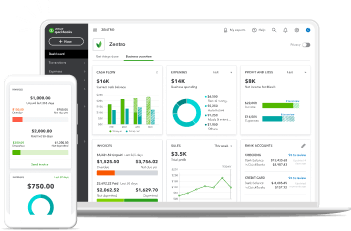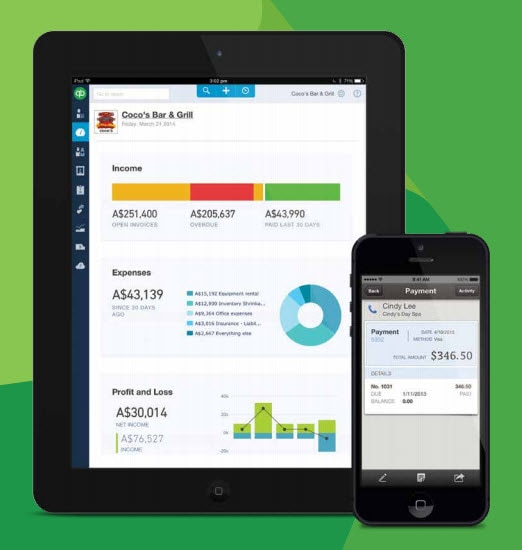Hong Kong is known for its pragmatism and efficiency when it comes to business relationships and procedures, which means if you want to get paid faster, you need to send a timely invoice.
You should also get into the habit of making the information on your invoice as accurate as possible, and remember to always practice clear communication to avoid any delays.
If you want to up your game when it comes to invoicing, using online software such as QuickBooks is the ideal approach. Designed to take care of all your accounting needs, it can generate precise invoices for local industries within minutes.
Learn more about sending an invoice and getting paid faster in Hong Kong with our handy guide. We’ll look at some of the best practices and key elements to consider so you’ll always receive payment exactly when you need it.






